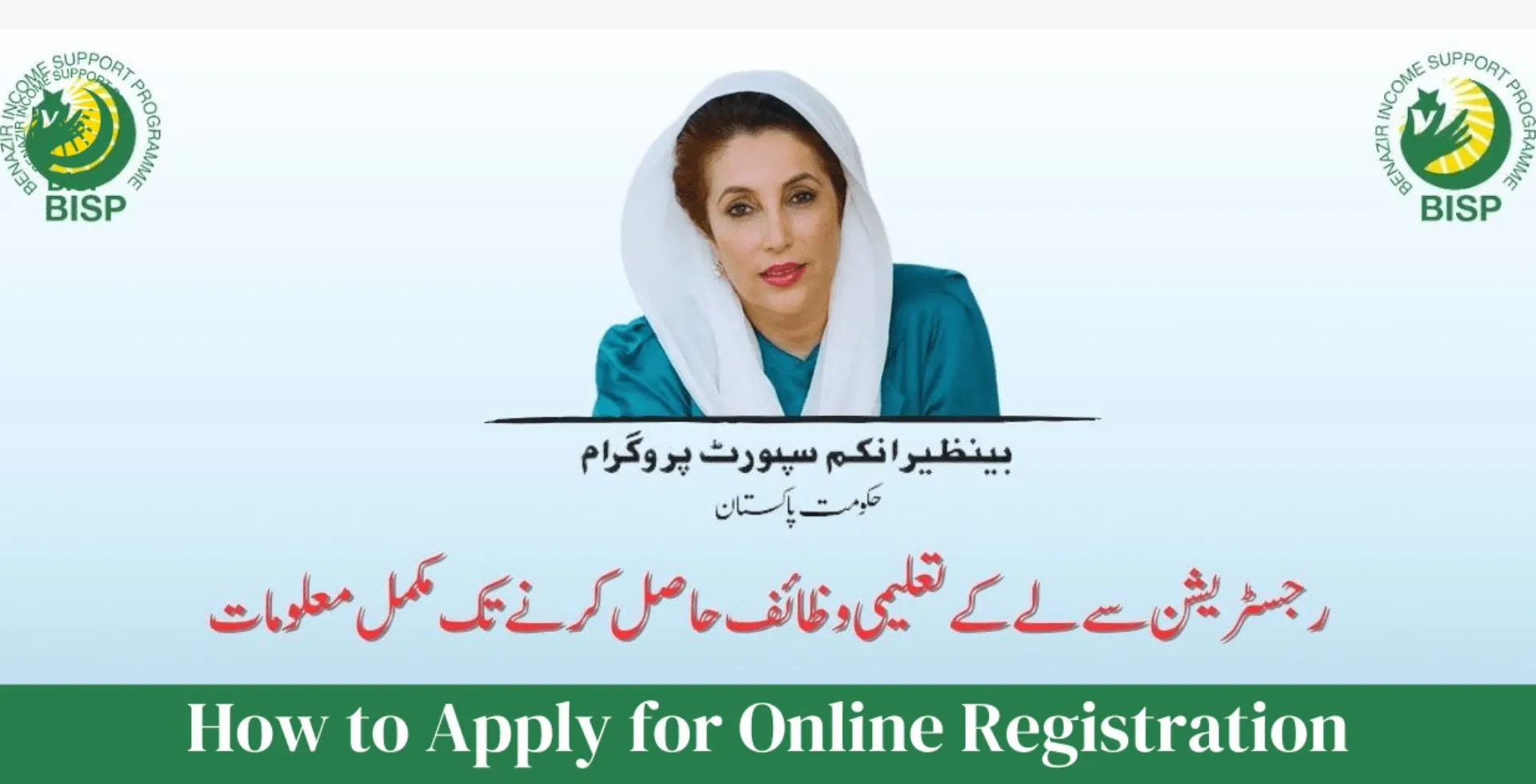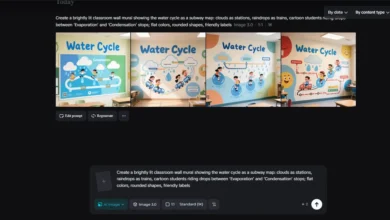
The Benazir Taleemi Wazaif (BTW) program, launched in 2012, represents Pakistan’s flagship conditional cash transfer initiative to increase primary education enrollment and retention, particularly focusing on female students from underprivileged backgrounds.
Program Structure and Implementation
Core Framework
- Launch Year: 2012
- Primary Target: Children from grades 1-10
- Geographic Focus: All four provinces plus AJK, GB, and ICT
- Implementation Agency: BISP (Benazir Income Support Programme)
Financial Structure
Quarterly Stipend Allocation:
- Primary Level (1-5):
- Boys: PKR 1,500
- Girls: PKR 2,000
- Secondary Level (6-10):
- Boys: PKR 2,500
- Girls: PKR 3,000
Eligibility Criteria
- Family must be registered with BISP
- Poverty Score Card (PSC) below 32
- Children aged 4-22 years
- Maximum of 5 children per family
- Minimum 70% school attendance
Financial Commitment and Scale
Annual Budget Allocation
- 2012-2015: PKR 4 billion
- 2016-2019: PKR 8 billion
- 2020-2023: PKR 12 billion
- Cumulative Investment: ~PKR 24 billion
Disbursement Statistics (2012-2023)
- Total Beneficiaries: 2.5+ million students
- Provincial Distribution:
- Punjab: 40%
- Sindh: 25%
- KPK: 20%
- Balochistan: 10%
- Others: 5%
Impact Assessment
Educational Outcomes
Enrollment Impact
- Overall increase in enrollment: 37%
- Girl’s enrollment increase: 42%
- Boy’s enrollment increase: 32%
Retention Rates
- Primary level: 85% (increased from 67%)
- Secondary level: 78% (increased from 59%)
- Gender-wise retention:
- Girls: 82%
- Boys: 76%
Socio-Economic Impact
Household Level
- Education Spending:
- 25% reduction in household education expenses
- 40% increase in school supplies purchase
- 30% improvement in school attendance
- Gender Equality:
- 45% increase in female education participation
- 35% reduction in gender gap in primary education
- 28% reduction in gender gap in secondary education
Implementation Mechanisms
Distribution System
- Biometric Verification System (BVS)
- Direct bank transfers to mothers/guardians
- Quarterly payment schedule
- SMS-based notification system
Monitoring and Evaluation
- School attendance verification
- Quarterly progress reports
- Third-party validation
- Impact assessment surveys
Challenges and Constraints
Operational Challenges
- Documentation Requirements:
- CNIC verification issues
- Birth certificate procurement
- School enrollment verification
- Technical Issues:
- Biometric verification failures
- Payment system glitches
- Database synchronization
Implementation Barriers
- Geographic:
- Remote area access
- Limited banking infrastructure
- School distance issues
- Social:
- Cultural barriers
- Gender-based restrictions
- Awareness limitations
Success Factors
Key Elements
- Targeted Approach:
- Focus on poorest households
- Higher stipends for girls
- Coverage of critical education years
- Strong Monitoring:
- Regular attendance checks
- Performance monitoring
- Financial audit trail
Recommendations for Enhancement
Short-term Improvements
- Digital Integration:
- Mobile banking expansion
- Online verification system
- Real-time monitoring
- Process Optimization:
- Simplified registration
- Faster verification
- Improved grievance handling
Long-term Strategic Goals
- Coverage Extension:
- Higher education inclusion
- Vocational training integration
- Special education support
- System Enhancement:
- AI-based monitoring
- Blockchain payment system
- Integrated database management
Future Outlook
Program Expansion Plans
- Geographic Extension:
- Urban slum focus
- Remote area coverage
- New district inclusion
- Benefit Enhancement:
- Stipend amount revision
- Additional incentives
- Merit-based rewards
Conclusion
The Benazir Taleemi Wazaif program has demonstrated significant success in promoting education access and retention, particularly for girls from underprivileged backgrounds. The program’s structured approach, combined with regular monitoring and evaluation, has contributed to meaningful improvements in educational outcomes. While challenges persist, particularly in implementation and coverage, the program’s positive impact on education accessibility and gender parity in Pakistan’s education system is noteworthy.

















